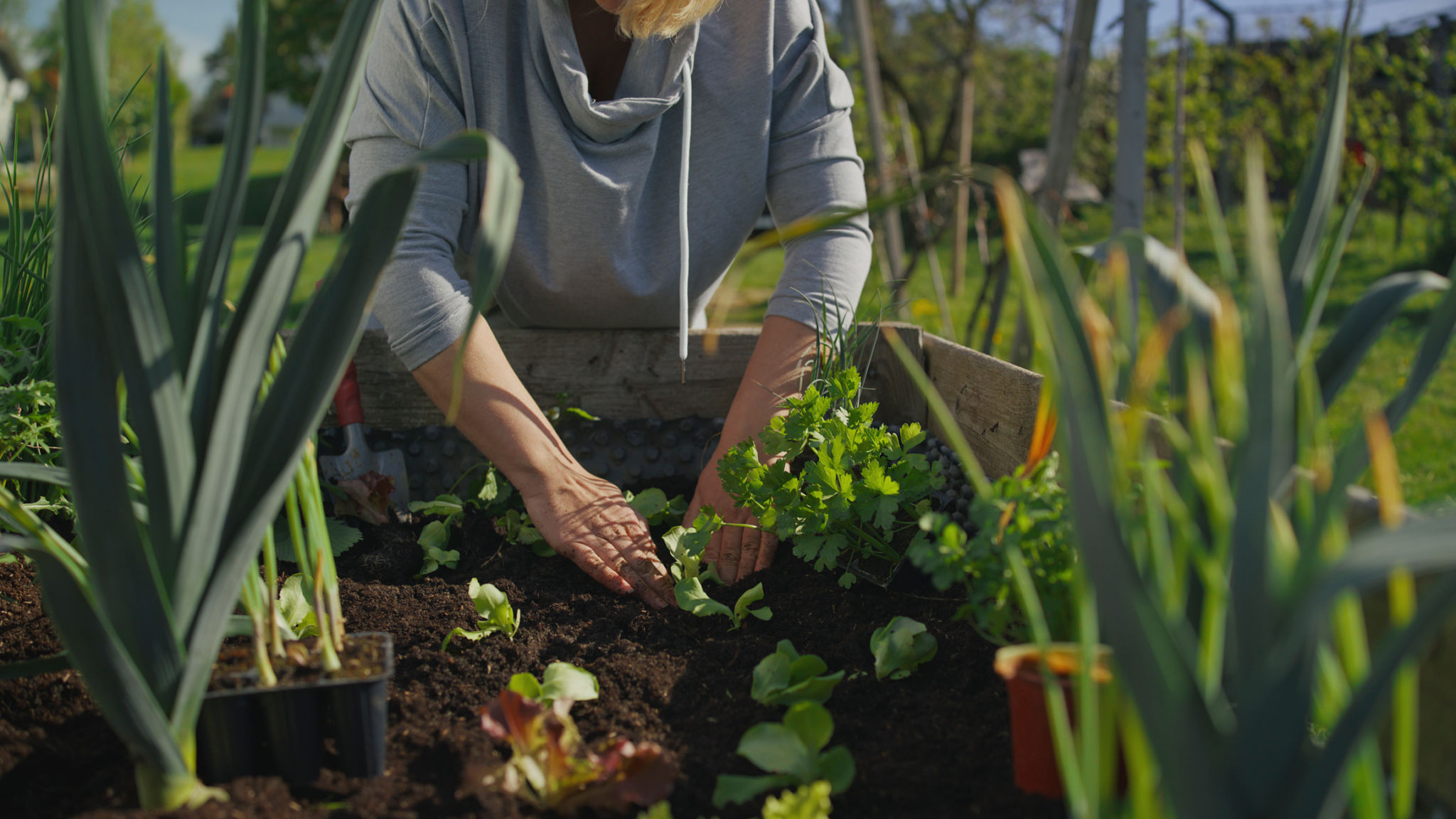Understanding the Dynamics of Indoor Sports in Slovenia
The Rise of Indoor Sports in Slovenia
In recent years, Slovenia has embraced the world of indoor sports with enthusiasm and vigor. This shift is not just a result of the country’s unpredictable weather but also a growing interest among the youth and adults alike to stay active throughout the year. From basketball to indoor cycling, the diversity in indoor sports offerings has expanded, making it a staple in Slovenian leisure culture.

The Popularity of Indoor Arenas
Indoor arenas across Slovenia have seen a surge in popularity. These venues provide a controlled environment where athletes can focus on their skills without worrying about external factors like rain or extreme temperatures. Cities like Ljubljana and Maribor have invested significantly in state-of-the-art facilities that cater to a variety of sports including futsal, handball, and badminton.
Moreover, these arenas have become social hubs, attracting not only athletes but also families and communities. They host local tournaments and events that bring people together, fostering a sense of community spirit and healthy competition. This trend has encouraged municipalities to continue investing in and expanding indoor sports infrastructure.
Impact on Health and Fitness
The shift towards indoor sports in Slovenia has had a positive impact on public health. With more people participating in regular physical activities, there's been a noticeable improvement in health metrics across the board. Indoor sports provide an accessible way for individuals to engage in physical exercise, promoting heart health, reducing stress, and improving overall well-being.

Indoor Sports for All Ages
One of the key dynamics in the indoor sports scene is its inclusivity. Activities are designed to accommodate all age groups, from young children to seniors. For instance, many indoor sports centers offer tailored programs that focus on developing motor skills in children while providing low-impact exercises for older adults.
This inclusive approach ensures that everyone can find an activity suited to their interests and capabilities. It also encourages families to participate together, strengthening bonds and promoting a culture of health and fitness within households.
Economic Benefits
The indoor sports industry in Slovenia also contributes significantly to the local economy. The construction of new facilities creates jobs and boosts local businesses. Additionally, events hosted at these venues attract visitors from different parts of the country, increasing tourism and supporting hospitality sectors.

Future Prospects and Challenges
Looking ahead, the future of indoor sports in Slovenia appears promising. The government and private sectors are keen on further developments that will enhance the quality and reach of these facilities. However, challenges such as maintaining sustainability and ensuring equitable access remain pressing issues.
Efforts are being made to address these challenges through innovative solutions like eco-friendly building designs and community-based programs aimed at subsidizing costs for underprivileged groups. By tackling these issues head-on, Slovenia is set to continue its upward trajectory in the realm of indoor sports.
Conclusion
The dynamics of indoor sports in Slovenia reflect a nation that values health, community, and innovation. With its growing popularity and positive impacts on society, indoor sports are more than just a trend—they represent a transformative movement towards a healthier and more connected lifestyle for all Slovenians.